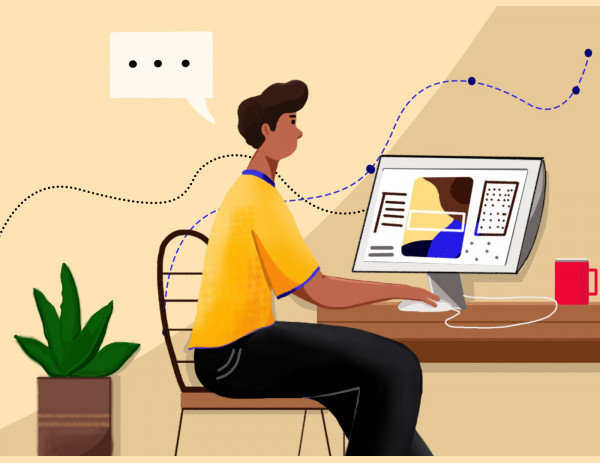
We've written a lot about advertising, reputation, and hidden marketing, but sometimes, the best way to attract a customer is to be direct—just tell them what you want them to do. In today’s blog, we’ll talk about Call to Action (CTA): what it is, what role it plays, and how to make it effective.
What is a CTA, and What Is Its Purpose?
A Call to Action (CTA) is a marketing element that encourages a user to take a specific action—visit a website, subscribe to a newsletter, download a file, or make a purchase. It can be a button, link, pop-up, image, or simple text line.
The primary goal of a CTA is to guide users through the sales funnel, but it also serves as a navigation tool, helping people understand how to interact with your content.
To stand out in the information flow and overcome banner blindness, marketers strive to make CTAs simple and persuasive.
CTAs generally fall into two categories: hard and soft.
They also vary based on functionality. Here are the main types:
These elements are placed within or between website blocks to keep users engaged and facilitate navigation. They provide partial information but encourage users to dive deeper.
Examples: "See All," "Learn More," "Read More."
These are social media share buttons found in almost every online publication. They help users spread content to their networks, increasing reach.
Examples: "Share," "Tell a Friend," "Support the Project."
These CTAs help expand a company’s contact database. Since people are hesitant to share personal data, offering an incentive—such as a discount, bonus, or free consultation—can be persuasive.
Examples: "Get a Discount," "Free Access," "Download the Guide."
These CTAs lead to the final step—signing up, subscribing, making a purchase, or booking a consultation. They work best with warm audiences who are already interested.
Examples: "Sign Up," "Buy Now," "Order," "Start."
Plan User Navigation – Determine the action you want users to take.
Consider Product Type – For impulse buys (coffee, snacks), use "Buy" and "Order" CTAs. For complex decisions (insurance, investments), go for "Learn More" or "Get a Consultation."
Make your CTA Stand Out Visually – Use contrasting colors, larger sizes, or animation to grab attention.
Ensure Mobile Optimization – Your CTA must be easy to use on all devices.
If you enjoyed this article, find more valuable insights on marketing, PR, and reputation management in BrandOn’s blog. And if you need help with brand promotion, our experts are always ready to assist!